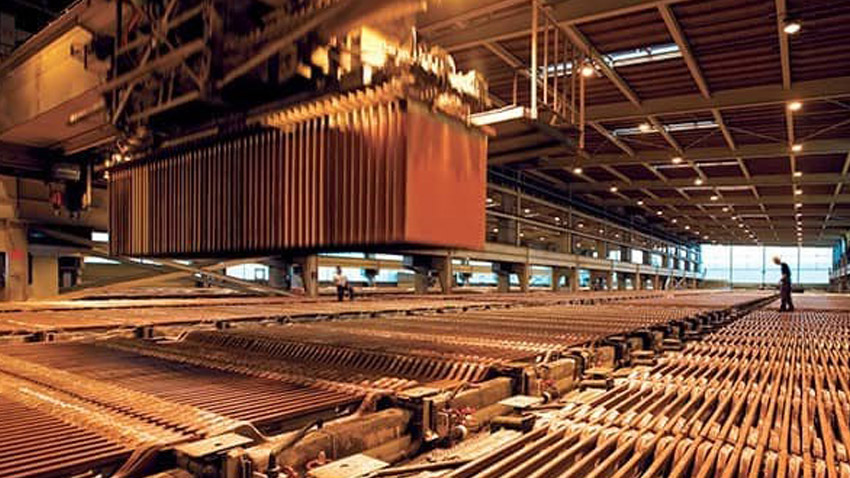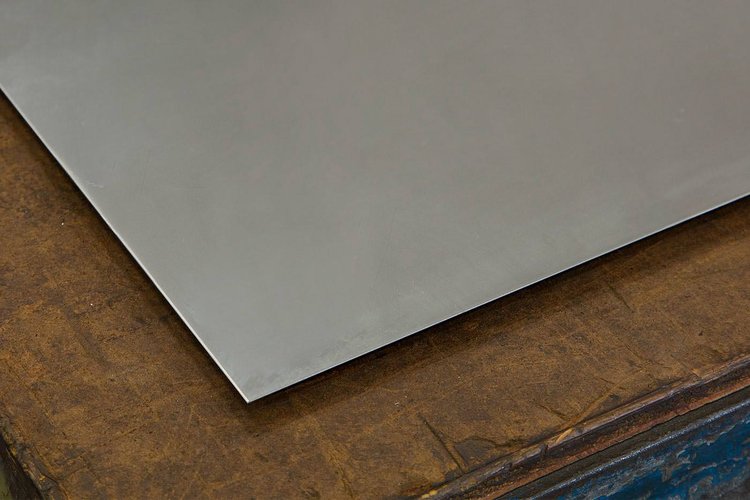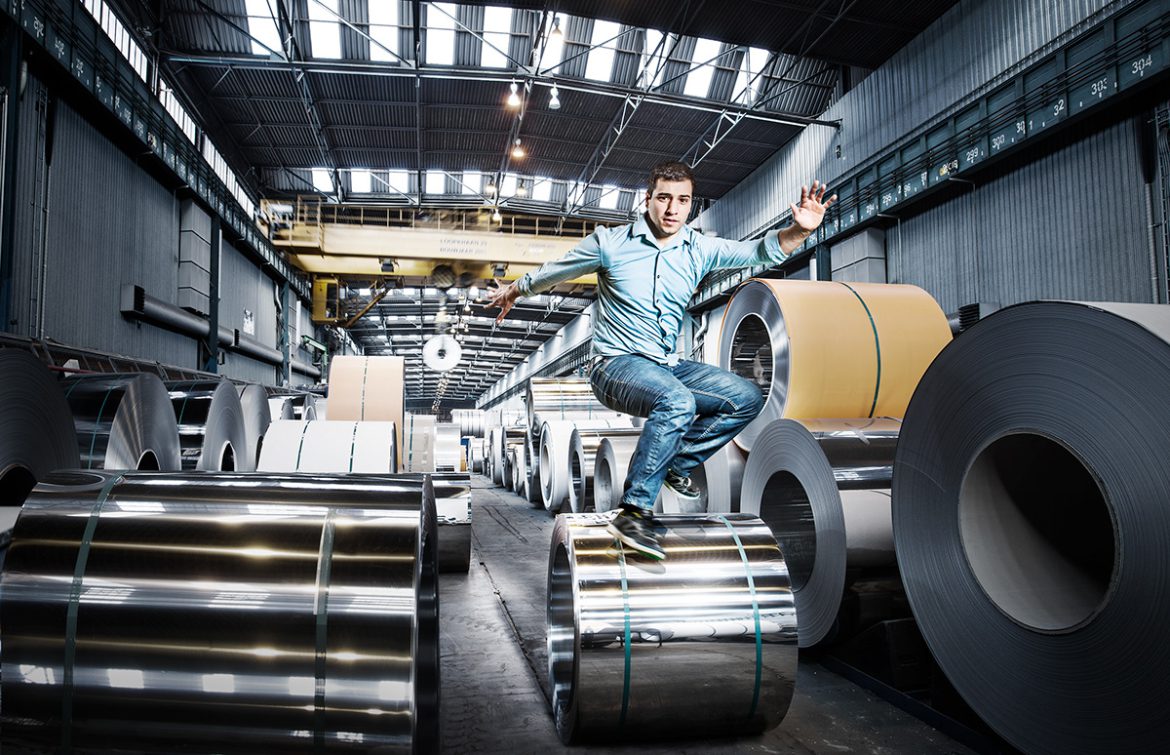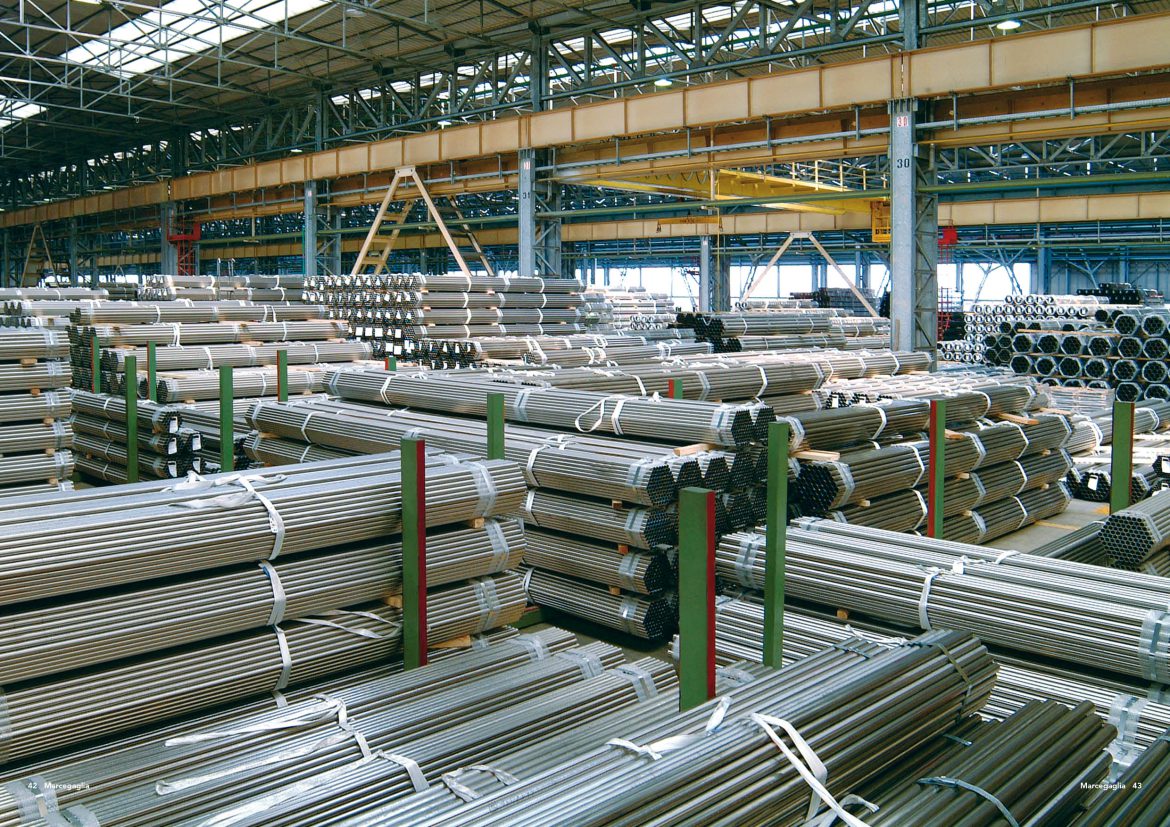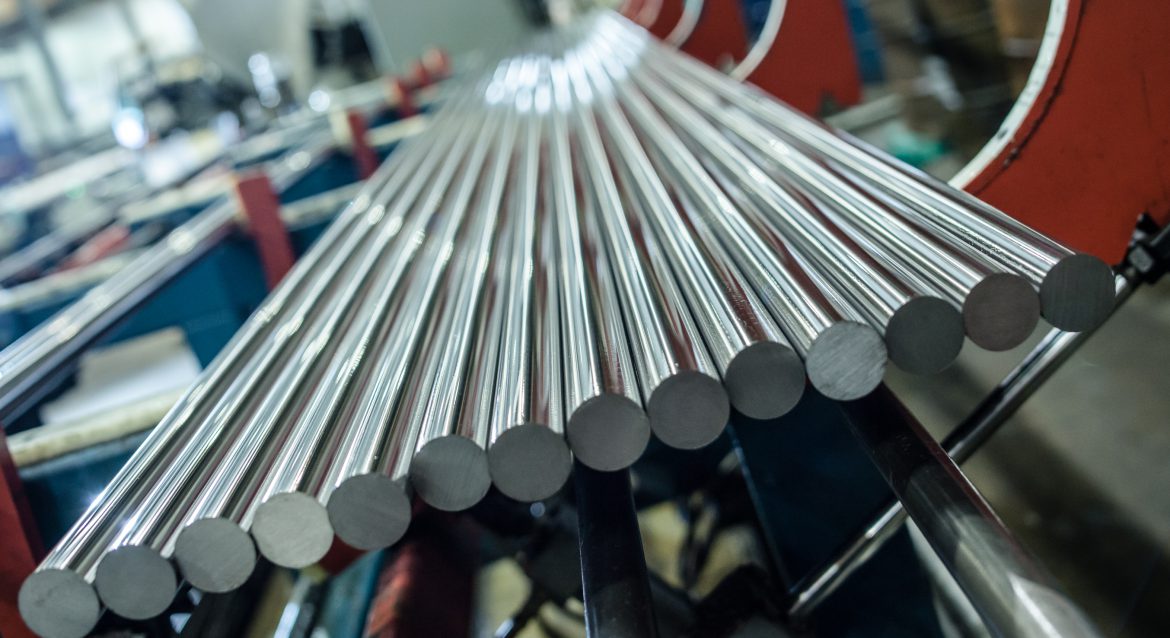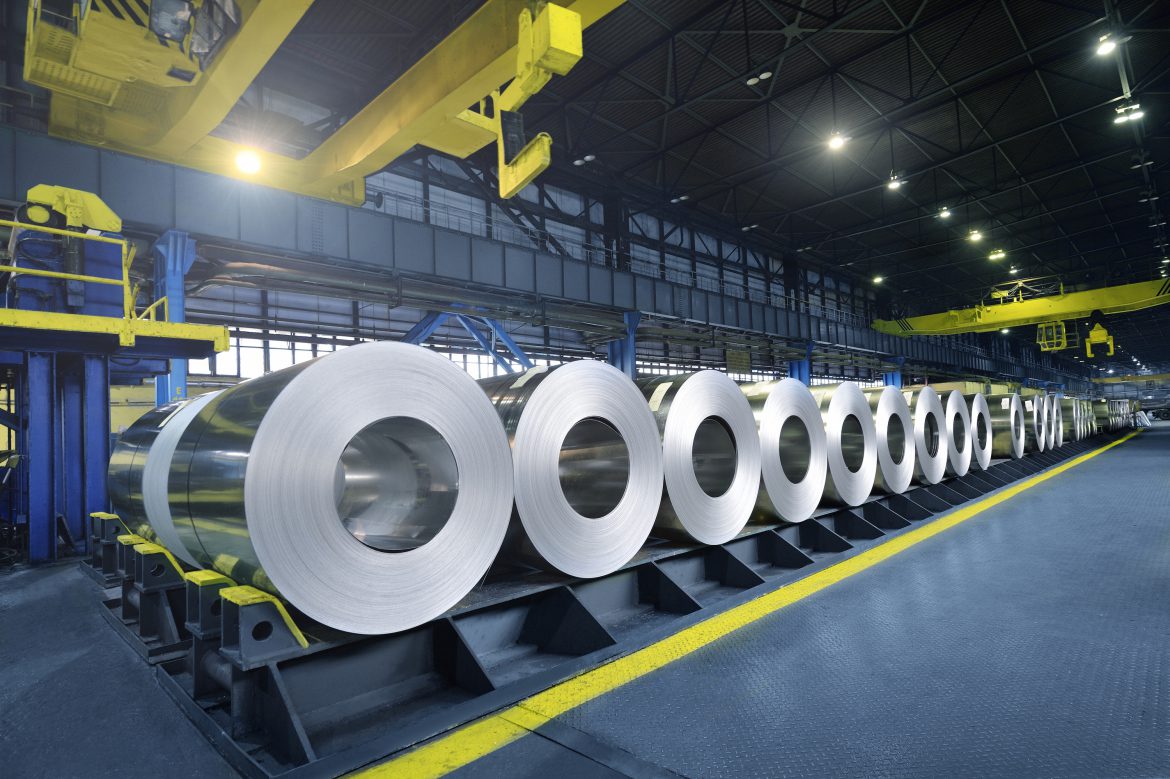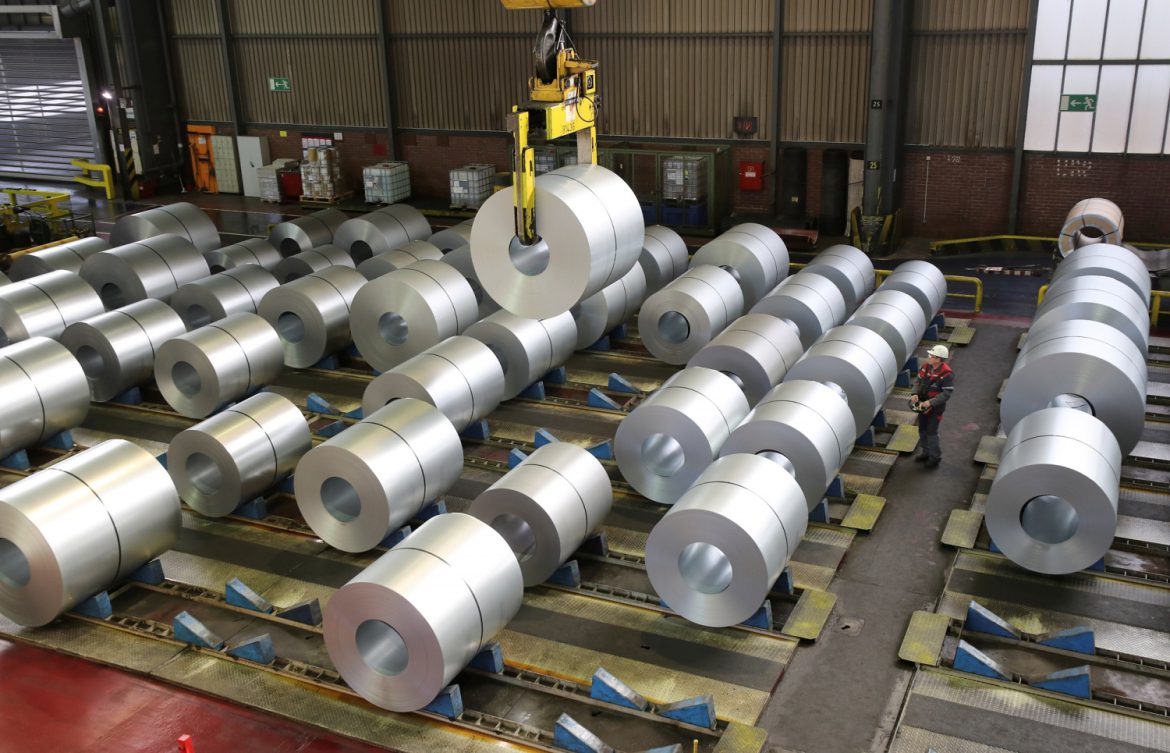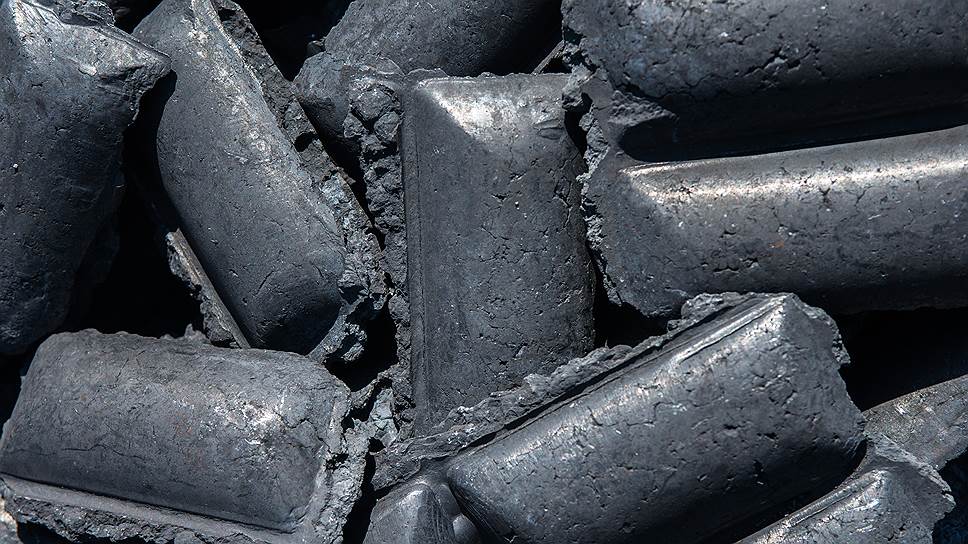Most iron ore is mined by surface mining. There are some underground mines, but wherever possible, iron ore pellets mining is preferred because it is cheaper.
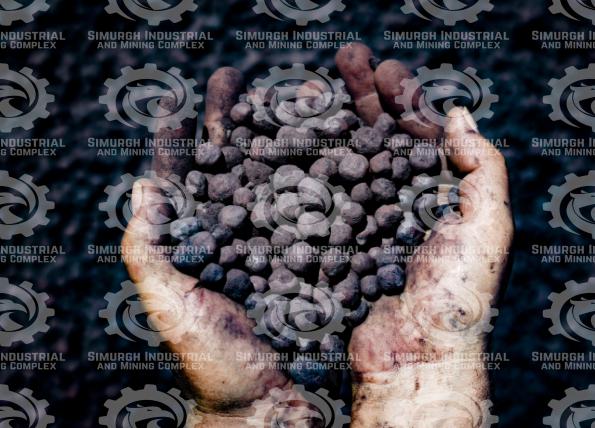
Iron ore pellets major specifications
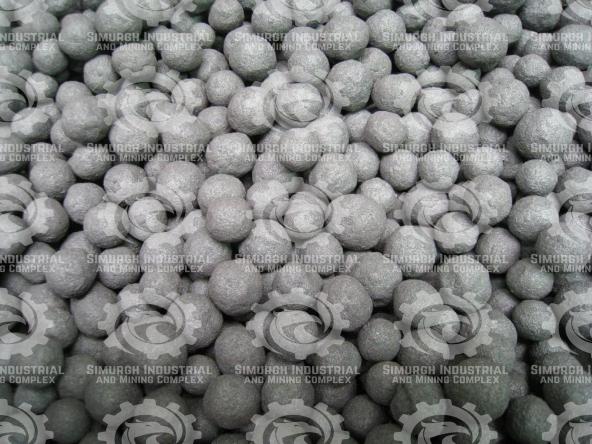
Iron ore is found in the form of igneous, metamorphic, or sedimentary rocks in a variety of geological environments. Most rocks are sedimentary, but many have been altered by weather conditions, making it difficult to determine their source. The minerals with the highest distribution of iron are oxides, and iron ore contains most of the red hematite (Fe2O3). Magnetite (Fe3O4) which is black; Limonite iron ore or iron ore (Fe2O3 · 3H2O) which is brown; And Sydrite (FeCO3), which is light brown. Hematite and magnetite are the most common types of iron ore. Pure magnetite contains 72.4% iron, hematite 69.9%, limonite 58.9% and siderite 48.2%, but because these minerals are never alone, the amount of real ore metals is lower. Sediments with less than 30% iron are commercially undesirable, and although some minerals contain 66% iron, most sediments contain about 50 to 60% iron.
The quality of the ore is also influenced by its other components, which are generally known as gangue. Silica (SiO2) and phosphorus compounds (commonly referred to as P2O5) are especially important because they affect the composition of metals and cause more problems in steelmaking. China, Brazil, Australia, Russia, and Ukraine are the largest producers of iron ore, but significant amounts of iron ore are also mined in India, the United States, Canada and Kazakhstan. The nine countries together produce 80 percent of the world’s iron ore. he does. Brazil, Australia, iron ore pellet chemical reaction, and India are the largest exporters, although Sweden, Liberia, Venezuela, Mauritania, and South Africa also sell large amounts of iron ore. Japan, the European Union, and the United States are major importers.
Supplying iron ore pellets for markets
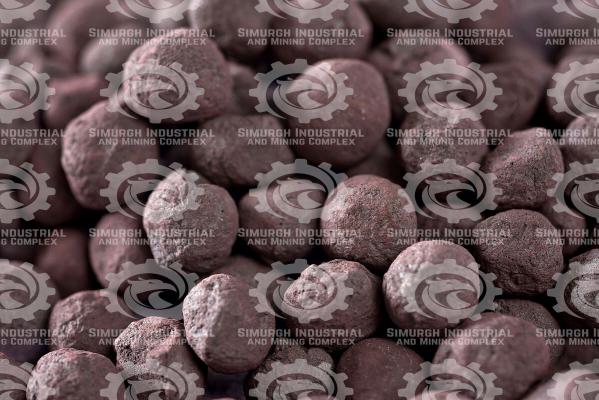
Iron ore cooking involves heating a layer of particles until partial melting occurs and the particles separate from each other. The burning of a fine coke (known as a coke breeze) inside the ore produces the heat required for the process. Before delivery to the sintering machine, the ore mixture is moistened to allow the fine particles to reach larger sizes, and then the appropriate amount of coke is added. Initially, the flea on the upper surface of the bed when the mixture under the burner vapor passes through a combustion hood, but then the combustion is carried by the air drawn through the substrate by a suction fan so that until the alloy The end of the device is fully connected.
Initially, the flea burns on the upper surface where the mixture passes under the combustion hoods, but then the combustion continues by the suction air of the fan above the surface, so that when the sintering is completed, it is all burnt. The roller through which the Sinter mixture passes is made of cast iron bars with a short distance so that air can pass through them. After cooling, the sintering is stopped and the products are passed through a sieve to feed the baked goods and return a portion of the product that is smaller than the acceptable size. Modern sintering machines are iron ore pellet testing of producing up to 25,000 tons per day. Baking machines are usually compared by the cooking area; The largest devices are 5 meters wide (16 feet) and 120 meters long, and the effective surface area is about 600 square meters (6,500 square feet).
You can contact us to buy and sell this product:
Sales consultant: Ms. Leila Nematzadeh
Ways of communication: Phone number: 02147623014
Phone number: 02147623014
 Phone number: 04133660491
Phone number: 04133660491
 Phone number: 09120169267
Phone number: 09120169267
 WhatsApp Response (Skype): click
WhatsApp Response (Skype): click
 Instagram: simurgh_steel_company@
Instagram: simurgh_steel_company@
 email: info@simurghsteelco.com
email: info@simurghsteelco.com
 email: ironore110@gmail.com
email: ironore110@gmail.com
 Facebook: ironore110@
Facebook: ironore110@
 LinkedIn: simurgh-iron-and-steel-company-a68295180@
LinkedIn: simurgh-iron-and-steel-company-a68295180@
 twitter: CoSimurgh@
twitter: CoSimurgh@
